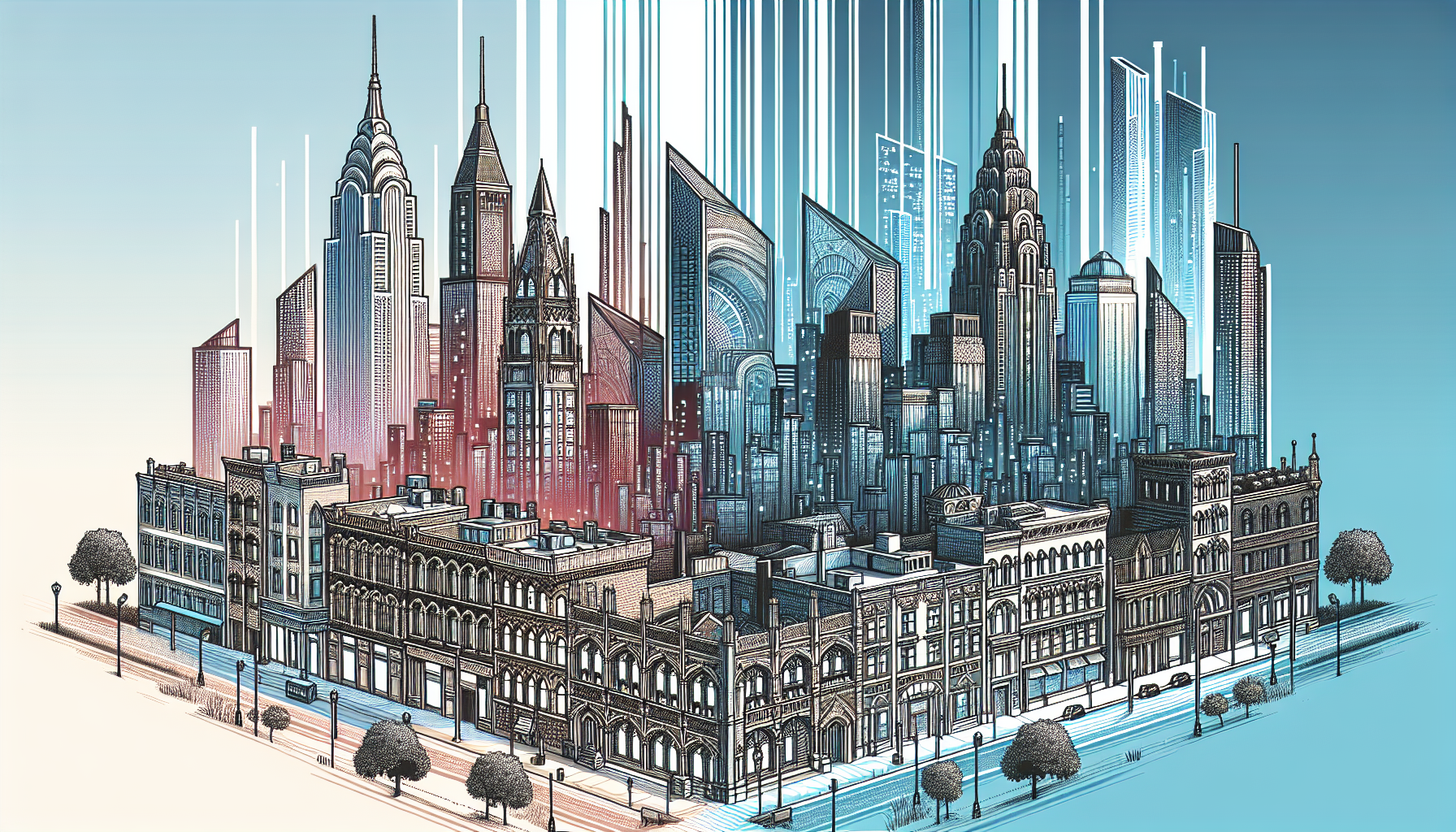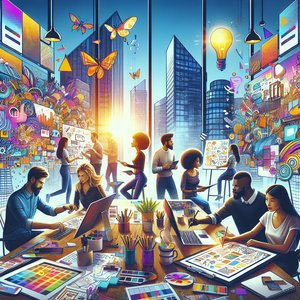From Animator to Architect: Unconventional CGI Career Paths

One of the most compelling areas where CGI skills can be applied is architecture. As the architectural landscape evolves, professionals are increasingly relying on advanced visualization techniques to communicate their ideas effectively. Architectural visualization encompasses the creation of 3D models, renderings, and animations that allow clients to visualize a project before it is constructed. For instance, prominent firms like Gensler and Zaha Hadid Architects employ CGI artists to produce stunning visual representations of their designs. These visualizations serve multiple purposes: they help secure client approval, attract investors, and even play a crucial role in marketing properties. The ability to create immersive virtual walkthroughs enables architects to convey their vision in a way that traditional blueprints cannot. This intersection of architecture and CGI enhances communication and fosters creativity in the design process, ultimately leading to more innovative solutions.
Medical Visualization: A Life-Saving Application
Beyond aesthetics, CGI plays a vital role in the medical field. Medical visualization involves creating detailed 3D models of anatomical structures, which can be invaluable for educational purposes, surgical planning, and patient communication. Professionals skilled in CGI can significantly contribute to this field by rendering complex medical data into understandable visuals. Companies like 3D4Medical exemplify the impactful use of CGI technology in medicine. They produce interactive anatomy apps utilized by medical students and professionals alike, providing a comprehensive understanding of human anatomy that is essential for effective training and patient care. The potential for CGI in medical visualization is immense; it not only aids education but also enhances the precision of surgical procedures through pre-operative modeling. By transforming intricate data into accessible visuals, CGI professionals play a critical role in improving patient outcomes.
Environmental Design: Crafting Sustainable Futures
Another exciting career avenue for CGI professionals lies in environmental design. With the increasing emphasis on sustainability, CGI is being harnessed to visualize projects focused on environmental conservation and urban planning. Artists can create simulations that model the impact of new structures on ecosystems, assisting stakeholders in making informed decisions about development. Organizations like the World Wildlife Fund (WWF) have employed CGI to craft engaging visual narratives that raise awareness about climate change and conservation efforts. By illustrating the potential consequences of environmental neglect or the benefits of sustainable practices, CGI can evoke emotional responses and inspire action. This innovative use of CGI not only underscores the importance of environmental stewardship but also provides CGI artists with an opportunity to contribute to meaningful projects aimed at protecting our planet.
Bridging Skills Across Industries
The versatility of CGI skills means that professionals can often transition between these unconventional paths with relative ease. A background in animation, modeling, or visual effects provides a solid foundation for careers in architecture, medicine, or environmental design. Educational programs and workshops are emerging to bridge the gap, equipping CGI artists with the specific knowledge they need to excel in these new fields. Moreover, as industries continue to integrate technology into their processes, the demand for professionals capable of visualizing complex concepts and data will only grow. This creates a unique opportunity for CGI artists to position themselves as leaders in these interdisciplinary fields.
The landscape of CGI careers is expanding beyond traditional roles in entertainment, offering exciting and unconventional paths in architecture, medical visualization, and environmental design. As CGI professionals embrace these new opportunities, they not only diversify their skill sets but also contribute to significant advancements across various industries. By harnessing the power of visualization, CGI artists can make impactful contributions that shape the future. Whether designing futuristic buildings, aiding in medical training, or advocating for environmental sustainability, the potential for CGI to transform diverse fields is limited only by the imagination of those who wield it. As the digital landscape continues to evolve, the scope and importance of CGI in our world will only grow, underscoring the limitless possibilities for those willing to explore unconventional paths.
Architectural Visualization Specialist
Gensler, Zaha Hadid Architects, HOK
Core Responsibilities
Create high-quality 3D renderings and animations of architectural designs to present to clients and stakeholders.
Collaborate closely with architects and designers to understand project requirements and translate them into visual formats.
Develop virtual walkthroughs and interactive presentations to enhance client engagement and understanding.
Required Skills
Proficiency in software such as Autodesk 3ds Max, V-Ray, and Adobe Creative Suite.
Strong understanding of architectural concepts and design principles.
Excellent communication skills to effectively convey design ideas and concepts to non-technical audiences.
Medical Visualization Specialist
3D4Medical, Visible Body
Core Responsibilities
Produce detailed 3D models of anatomical structures for use in educational materials, surgical planning, and patient communication.
Work with medical professionals to ensure accuracy and relevance of visual content.
Develop interactive applications that enhance understanding of complex medical data.
Required Skills
Experience with medical imaging software such as OsiriX or 3D Slicer.
Strong background in anatomy and medical terminology.
Ability to simplify complex information into user-friendly visual formats.
Environmental CGI Designer
World Wildlife Fund (WWF)
Core Responsibilities
Create visual simulations that model the impact of new constructions on ecosystems and urban environments.
Collaborate with environmental scientists and urban planners to communicate sustainable design concepts.
Develop engaging visual narratives that raise awareness about environmental conservation.
Required Skills
Proficiency in CGI software such as Blender and Unreal Engine.
Understanding of environmental science and sustainable design principles.
Strong storytelling skills to create compelling narratives through visuals.
3D Animator for Medical Applications
Core Responsibilities
Create animated sequences that illustrate medical processes, surgical techniques, and anatomical functions.
Collaborate with medical professionals to ensure animations are clinically accurate and educational.
Develop multimedia educational content for medical training and patient awareness.
Required Skills
Expertise in animation software such as Maya or Cinema 4D.
Familiarity with medical terminology and anatomy.
Strong visual storytelling abilities to effectively communicate complex medical information.
Urban Planning Visualization Artist
Core Responsibilities
Produce 3D visualizations and simulations for urban planning projects, including zoning and infrastructure development.
Collaborate with urban planners and city officials to effectively communicate design intentions to the public.
Present visual materials at community meetings to gather feedback and foster public engagement.
Required Skills
Proficiency in GIS software and architectural visualization tools.
Knowledge of urban planning regulations and principles.
Strong interpersonal skills to work with diverse stakeholders and communities.


